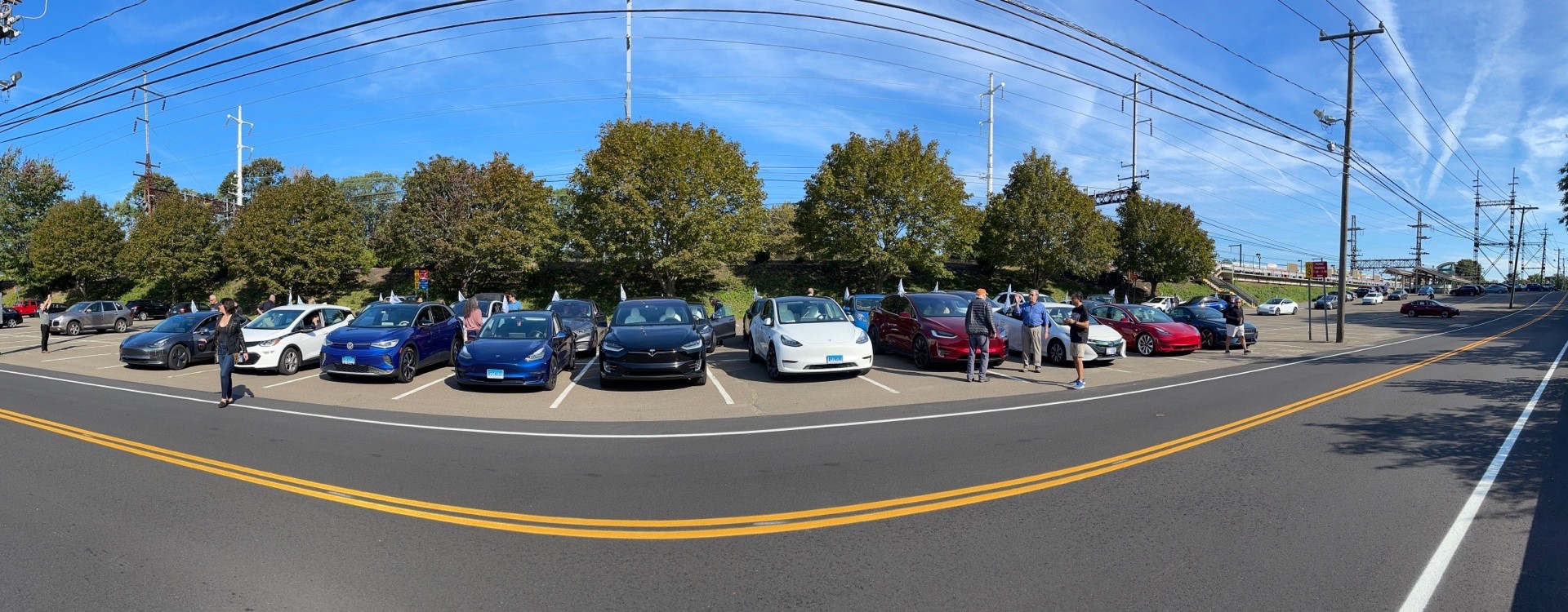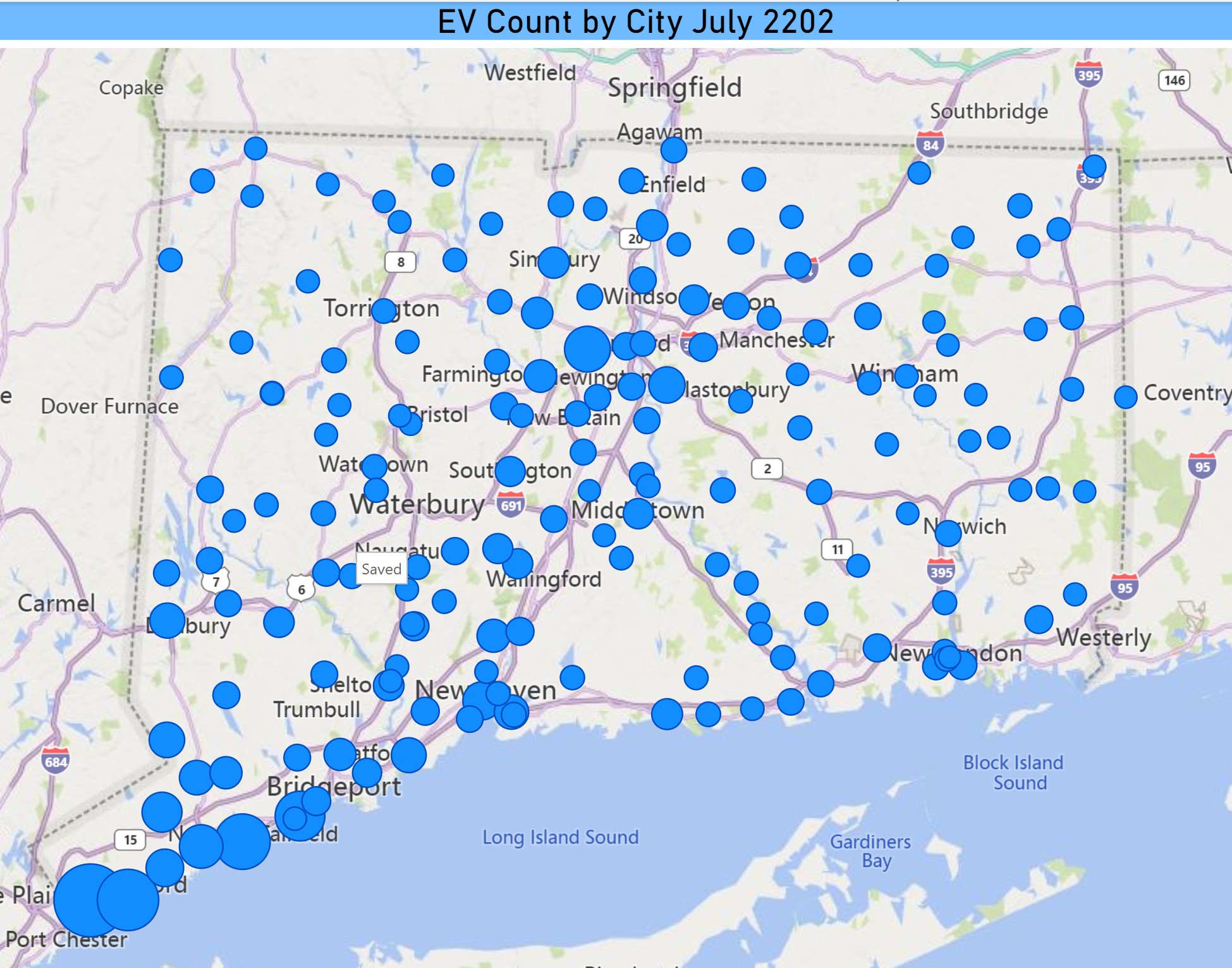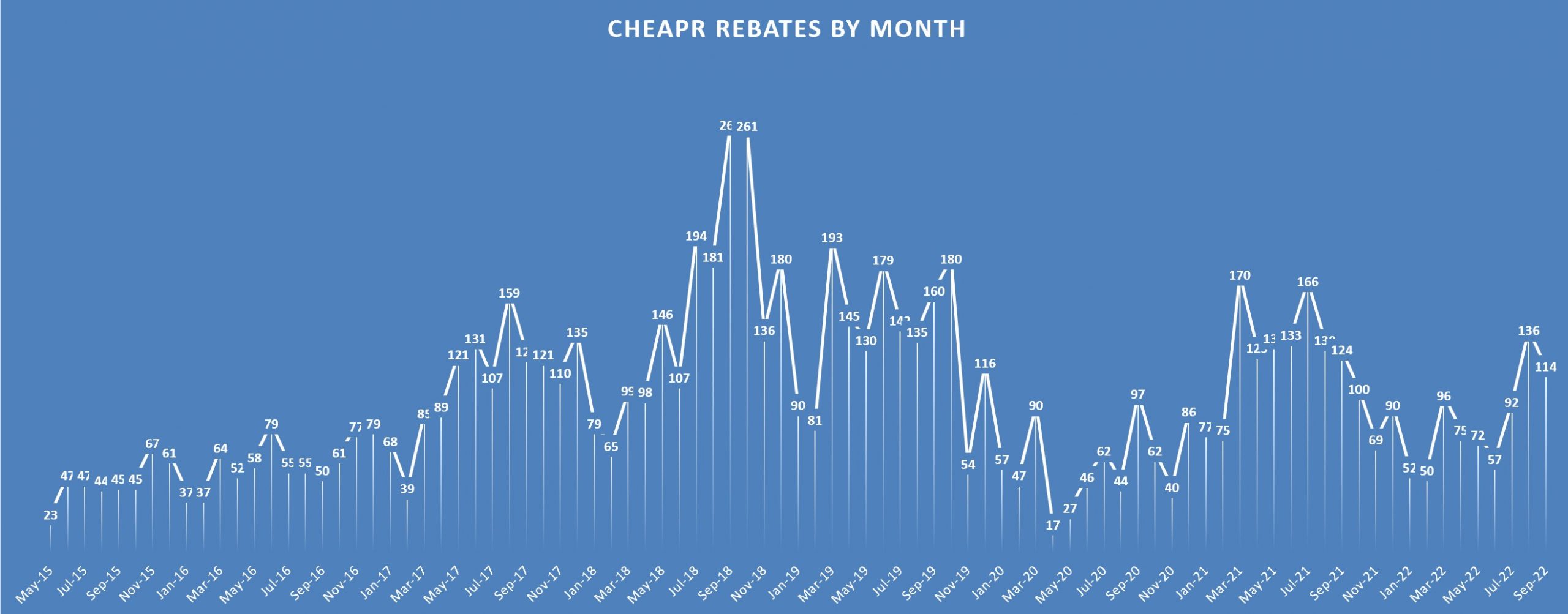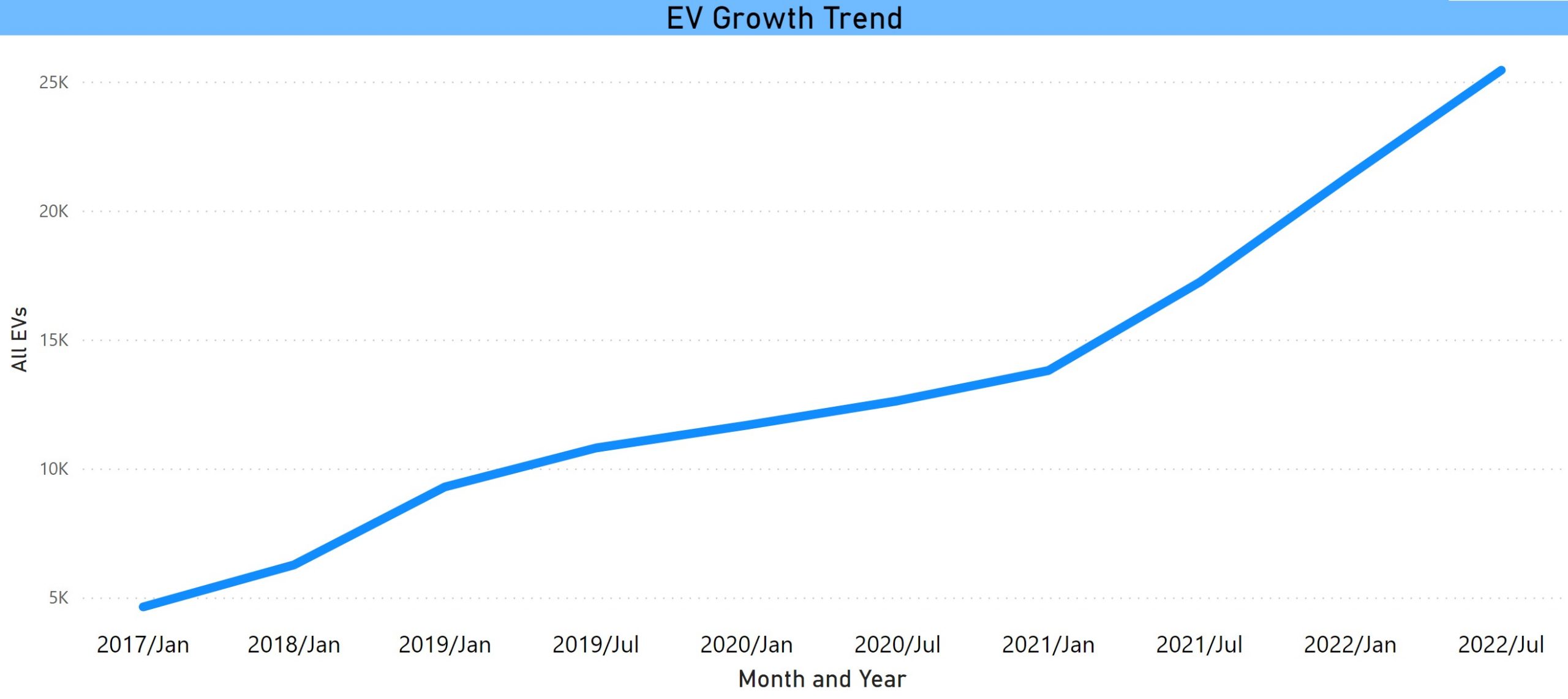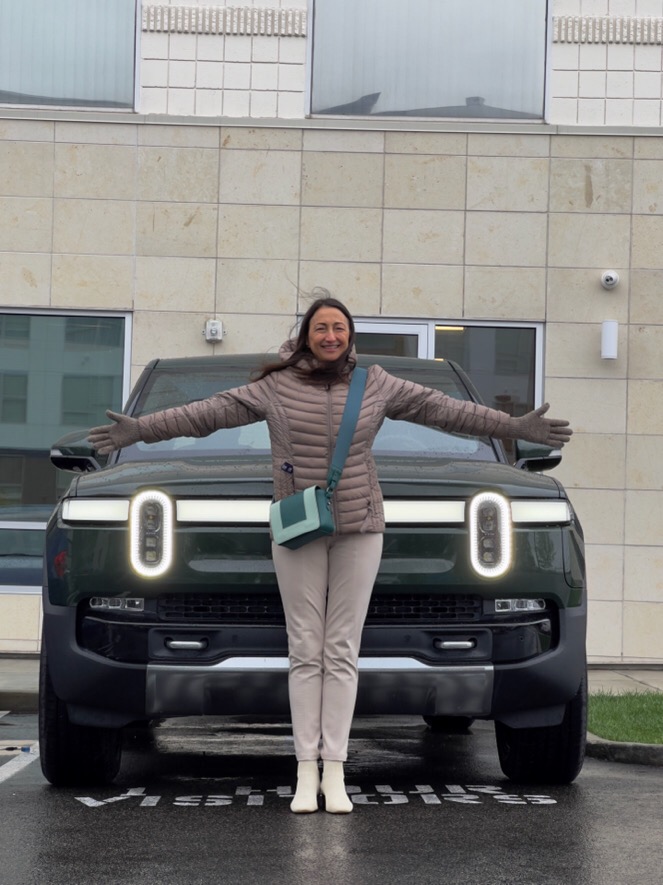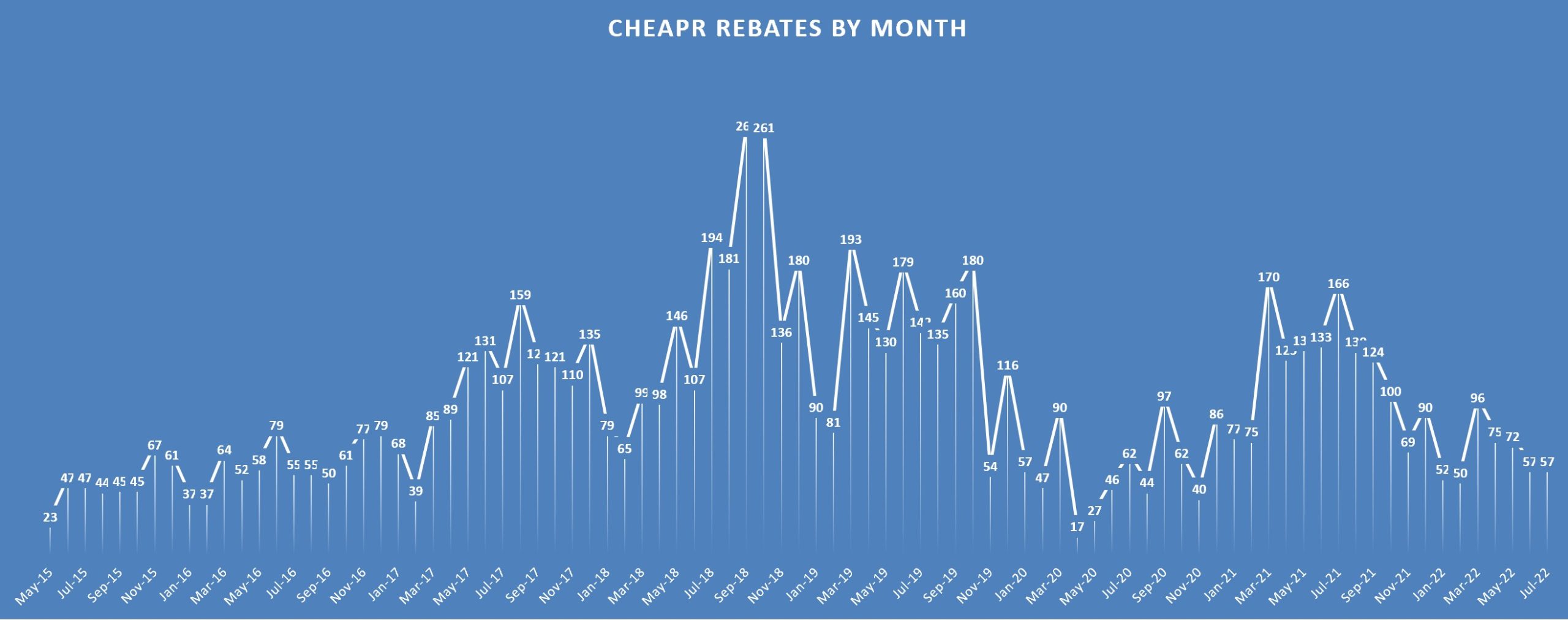How Not to Implement Policy
Post by Barry Kresch Summary of Comments Submitted to the IRS for IRA EV Incentive The EV Club has partnered with the Electric Vehicle Association to author comments for the in-process IRS rule-making regarding the … Read more

